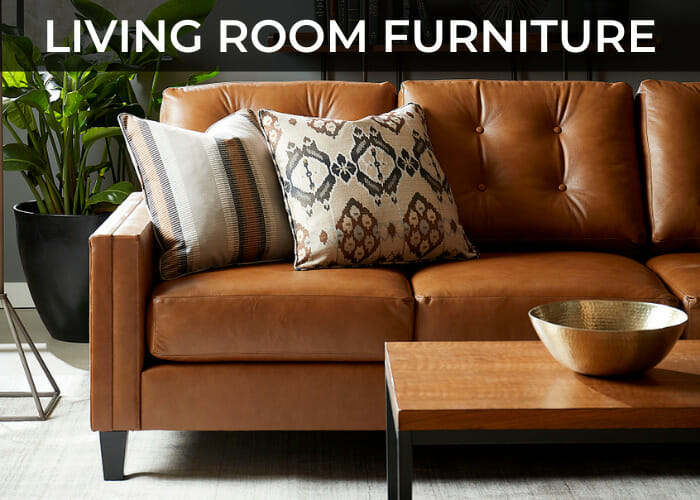Kitchen Table Care Instructions
Thank you for choosing us for your home furnishing needs.
For daily cleaning, wipe table tops with a damp cloth followed by a dry cloth.
Chemical Damage
For more stubborn spots, occasionally use a mild, non-detergent soap with a damp cloth.
We Do Not Recommend: Lysol wipes, Pledge, Windex or Essential Oils which along with other products can react with the protective top layer of your furniture, impacting it’s appearance over time. Some of these products will leave a film that will build up over time; others will break down the protective top coat. Cleaners with ammonia are especially harmful and should be avoided.
Should fingernail polish remover come in contact with the table top, don’t wipe it up. Allow the liquid to evaporate which will give you the best chance for avoiding major damage.
Physical Damage
Use cloth placemats and coasters. Sliding a dish across the hardest finish can leave surface scratches.
Most heat marks are easily repaired by a professional. Avoid placing hot items such as pizza boxes directly on your table.
Aging Gracefully
The moisture content of wood varies. In dry seasons table legs or pedestals may need tightening as the wood dries; take care not to over-tighten. In humid seasons wood components may swell slightly and operate differently than when ambient humidity is lower. This seasonal behavior is normal for wood furniture and should not be a reason for concern.
Avoid leaning back on 2 legs for your chairs, this can reduce the life of your chair by 80%. The old rule “4 on the floor” will help your chairs last longer.
If the leaf of your table does not self-store, then store the leaf face-down and flat. Leaning a leaf on its end for a long period can warp the leaf.
Copper table tops require unique care, please ask your salesperson for care instructions.
For tips on Dining Chair Assembly See the video below:
Customize Your Kitchen and Dining Furniture







